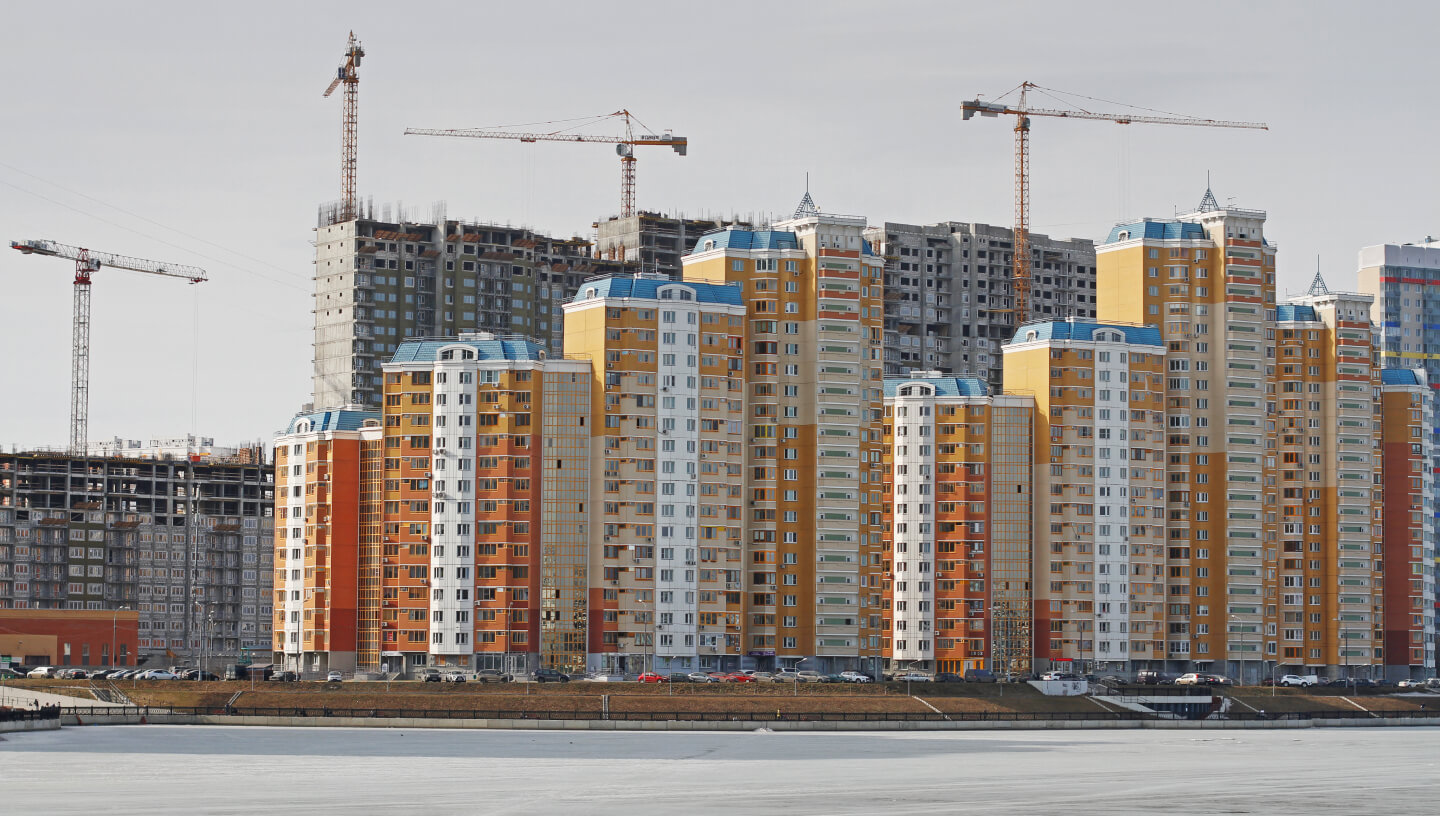01.11.2022
Russia’s construction sector development strategy to 2030 will take climate change into account
 Photo by: yulyao / iStock
Photo by: yulyao / iStock
Projects designed to make the urban environment comfortable for residents should be aimed at adapting cities to climate change. This is stated in the already approved Strategy for Development of the Construction Industry and Housing and Communal Services of the Russian Federation for the period until 2030 with a forecast until 2035.
The document also notes that work with urban infrastructure should be aimed not only at convenience, but also at solving problems of energy conservation, economical use of resources and prevention of natural disasters.
According to the World Bank, the annual damage from the impact of dangerous hydrometeorological phenomena in Russia is 30–60 billion roubles (at least 0.05% of GDP). Adapting to and coping with the effects of climate change is therefore a priority for the Russian economy as a whole.
Central to meeting these challenges is working with the energy efficiency of buildings, which use about 40% of all primary energy, 67% of electricity, 40% of raw materials and 14% of potable water, and generate 35% of all carbon dioxide emissions.
It is clear that most of Russia’s housing stock does not meet energy efficiency requirements. However, the Strategy proposes a number of measures that do need to be implemented to change the situation. Many of them are aimed directly at modernising all sectors of the housing and utilities sector.
- But the proposed solutions will also affect the construction sector, which will also be restructured in line with the climate agenda. Moving from the general to the specific, among the specific solutions proposed in this area are:
- establish energy efficiency requirements for buildings that correspond to the current level of technological development;
- use renewable and secondary resources in construction;
- define requirements for energy efficiency classes for newly constructed, reconstructed, overhauled apartment buildings;
- create a register of “green” housing;
- reduce consumption of communal resources;
- develop a system of preferences for the green building industry and measures to reduce the carbon footprint;
- implement government subsidies for green mortgages;
- implement additional support for low-carbon production of building materials and equipment.
In addition, the document states how the specific heat consumption characteristic for heating and ventilation for new buildings (including apartment buildings) will be reduced:
- from 1 January 2025 — by 25% compared to the same figure for 2017;
- from 1 January 2030 — by 40% compared to the same indicator in 2017.
The authors of the Strategy are also aware of the challenges to be faced in the implementation of the planned measures. These include low motivation of builders of apartment buildings to use energy efficient technologies and renewable energy sources, high level of fuel consumption in private houses, and insufficient number of measures that could increase energy saving.
However, these obstacles are quite standard and surmountable, as experts recently revealed in a dialogue on adapting to climate change in Moscow’s construction industry.
Cover photo: sommersby / iStock






Comments